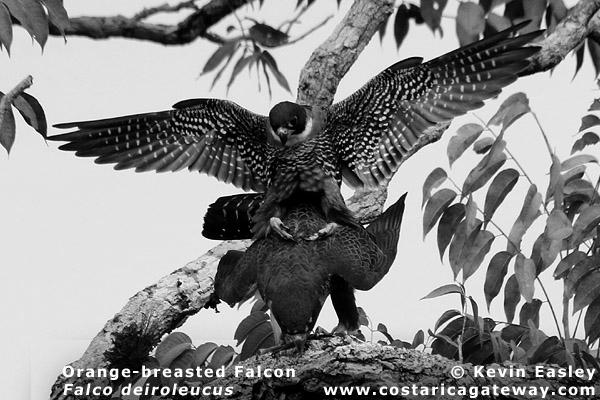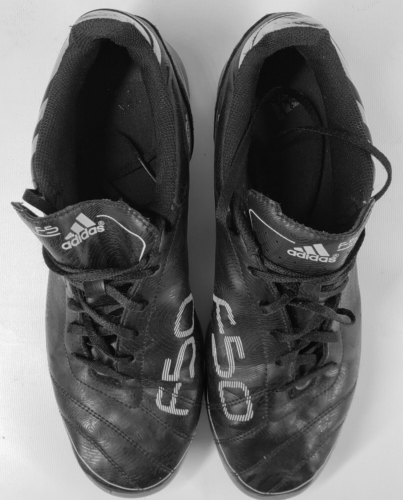The Orange-breasted Falcon (OBF) is one of the most beautiful birds in the world. This bird hunts high in the forest canopy and is half the size of its rufous-colored female counterpart. In the wild, the OBF spends three times as long caring for its young as other falcons.
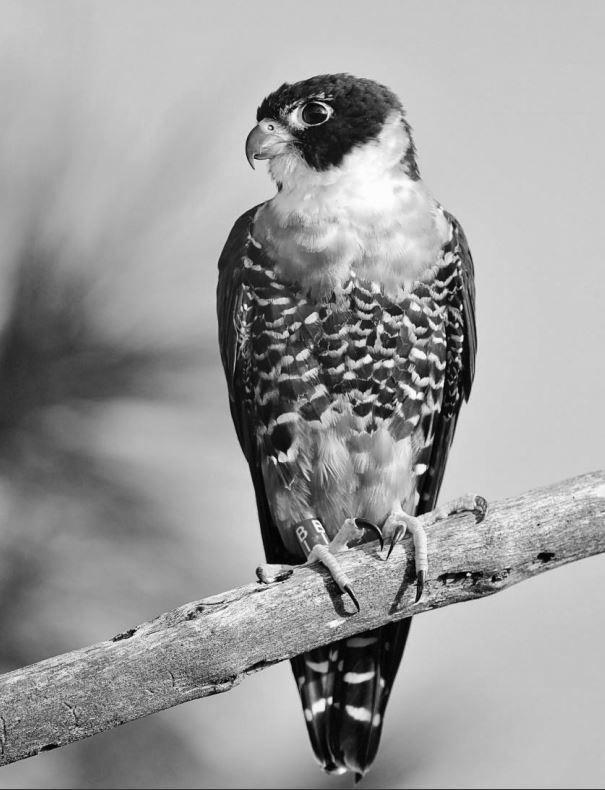
Males are half the size of females.
The Orange-breasted Falcon is a beautiful bird living in Central America’s mountains. These birds inhabit Mountain Pine Ridge in Guatemala and Tikal National Park in Belize. The birds are nearly extinct in many areas of its range, but there is still a population in the Mountain Pine Ridge region. Two-thirds of all eBird citizen-science records come from this area.
Male Orange-breasted Falcons are about half the size of females. The female is the most heavily armed of the two species, with a massive beak, thick, powerful legs, and enormous feet. This armature enables the female to dispatch dangerous prey quickly. On the other hand, the male is smaller and has a less impressive armature. However, female plays the dominant role in social relations.
The Orange-breasted Falcon has a yellowish appearance, and males have yellow eyes and bare skin above their beaks and paws. It weighs around 700 grams and has an 85 cm wing span. The females are about one kilogram and one meter in length.
Females are rufous
Orange falcons are distinctive in coloration. Males have rusty orange feathers, slate blue upper wings, and a dark band at the tip of their tails. Their tail feathers can also have several black bands. Males have buffy underparts and orangey breasts, while juvenile males have dark streaks on their chests. Female orange falcons are rufous in color, with rufous vertical stripes on their tails.
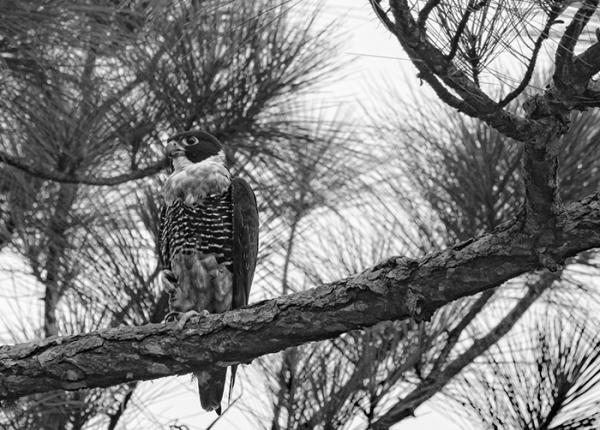
The rufous-backed robin is endemic to Mexico. They are found from sea level to at least 1500 meters in elevation. Rufous-backed robins are characterized by their duller plumage than males. This species is also found in the Tres Marias Islands.
Both males and females have rufous upper parts. The male has dark barring on his lower back. The female is rufous on the underparts and back. Its plumage is similar to that of the Common kestrel. The only difference is the color of its wings.
Unlike the male orange Falcon, female orange falcons are not territorial. Instead, they migrate southward to warmer climes in the United States and Mexico. Some even migrate to the Turks and Caicos Islands. They may also migrate through southeastern North America, but these birds usually migrate to warmer climates.
They care for their young for three times as long as other falcons.
Orange-breasted Falcons are unique among falcons because they can care for their young for up to three times as long as other species. While their lifespan may be as long as ten years, they do not breed as often. It is estimated that only 58 percent of Orange-breasted Falcon nests successfully.
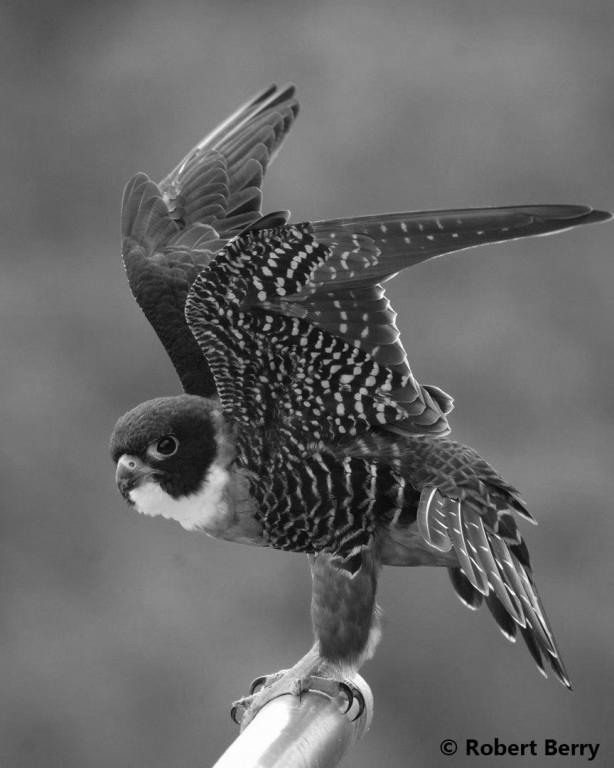
The Orange-breasted Falcon is extremely rare throughout its range, mainly due to its specialized habitat requirements and many natural enemies. The species’ habitat is becoming increasingly fragmented and threatened by human conflicts and habitat alteration. Central America is also endangered due to increased predation and isolation.
The most significant threat to the Orange-breasted Falcon is habitat loss. Human activities, such as indiscriminate shooting, logging, agriculture, and development, are causing the species to disappear from their former habitats. The presence of human-made power lines and other threats to the birds’ habitats further complicates the situation.
Peregrine Falcons are found in the United States and worldwide, except in Antarctica. Their habitual habitat is tall cliffs, but they have adapted to nest on tall buildings and city skyscrapers. These buildings are incredibly tall and made of stone and concrete. Window boxes on buildings are often used as nest boxes by females. The nest boxes are primarily artificial.
They are a single-parent species.
Orange-breasted falcons are one of the most endangered raptor species. They have meager reproductive rates and are endangered in most areas of their range. This species’ decline has been attributed to various factors, including human conflict, habitat loss, habitat fragmentation, and collisions with power poles and high-tension wires. Other factors are natural predation and parasites. Due to these factors, the International Union for Conservation of Nature (IUCN) has listed this species as Near Threatened.
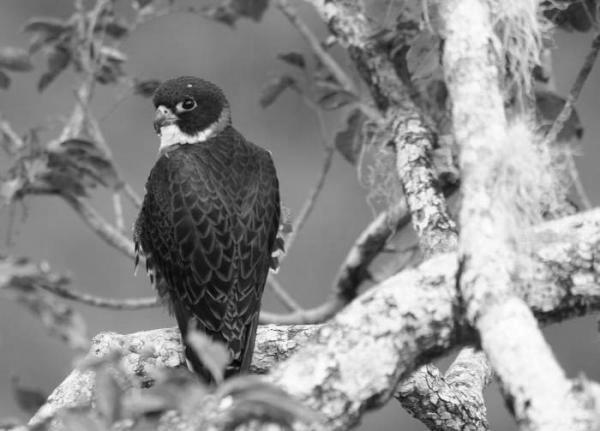
Orange falcons have several potential predators, leading to failed nesting attempts. Potential predators include hawk eagles, owls, rats, and arboreal snakes. But the biggest threat to a falcon’s nesting success is the Black Vulture, which can easily overpower the aggressive defense of a falcon and usurp prime nesting cliffs.
Due to their specialized habitat needs, orange-breasted falcons are very rare. This species lives in a large, unbroken tropical forest. Their range once stretched from southern Mexico to northern Argentina, but today they are found in just four percent of their historical content. They still thrive in Belize and Guatemala, but their numbers are decreasing, and researchers believe their population may be at risk of extinction.
They are classified as Near Threatened.
The Orange-breasted Falcon is a medium-sized falcon with a range spanning the tropics of Central and South America. It is a strong flier, and its paws allow it to catch prey in flight. The bird usually lives in densely wooded areas. Although the orange Falcon is classified as Near Threatened, its extinction is not imminent. However, its declining numbers do pose a threat to its continued existence.
This species is threatened by habitat loss due to habitat destruction. They were once widely distributed throughout the southwestern United States. However, the widespread use of DDT in the 1970s destroyed their eggshells. Today, their habitat is converted to farms and pastures. Although they once occupied a vast range, their population is in decline.
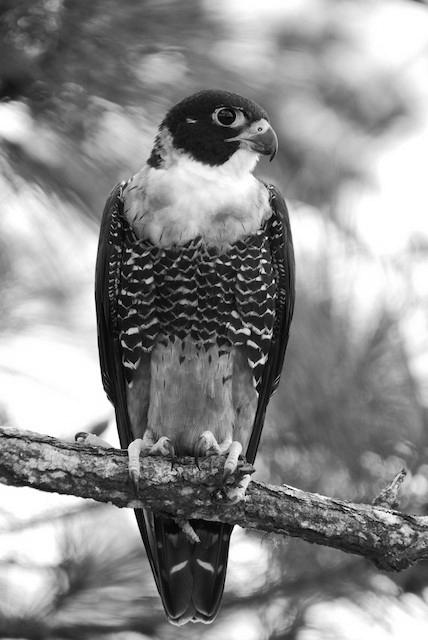
The Orange falcon is classified as Near Threatened due to its low population density. It lives in mainly tropical climates in Belize and Guatemala. This species is closely related to the bat falcon and has similar plumage.
They are a raptor species.
The Orange-breasted Falcon is a raptor species of a smaller size. Its plumage is similar to that of crows, except being larger. It has distinctive head feathering, with a dark crown and a “mustache” stripe on top of the head. Its plumage is also marked by a pronounced white line near the base of its tail.
This raptor species is uncommon in the United States and is found in a small region of New Mexico and Southern Texas. It resembles an American Kestrel but has colorful plumage and streaks on the side of its head. It is currently on the endangered species list in the U.S. and Mexico and is being reintroduced to parts of Southern Texas.
The Orange-breasted Falcon is a spectacular species, but it is under threat from the Black-and-white Hawk-Eagle. Though widespread in Mexico, the orange-breasted Falcon is extremely rare in Guatemala and the Mountain Pine Ridge of Belize. Although the small population in Guatemala is likely a result of stable conditions, the raptor is still vulnerable to extinction.
